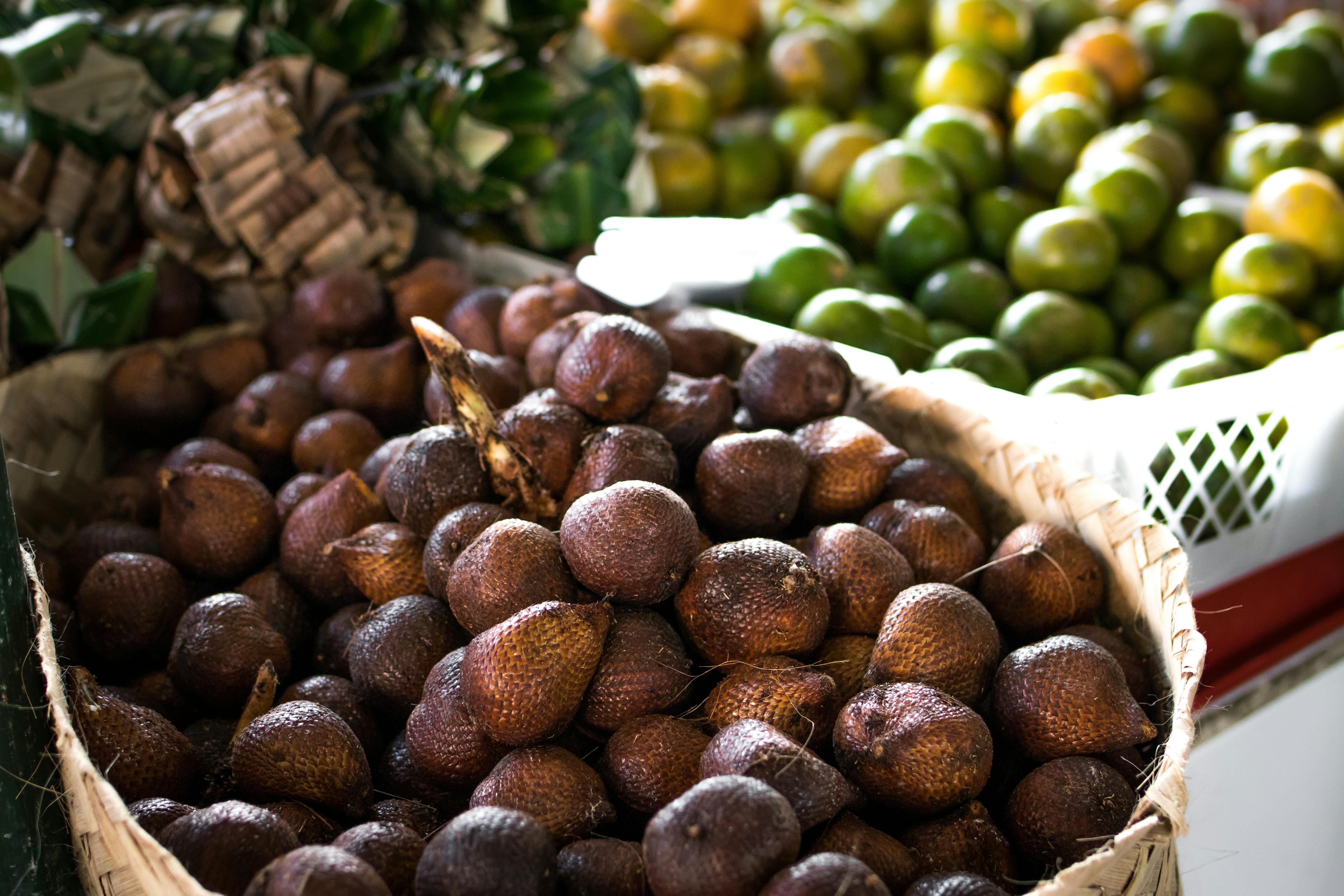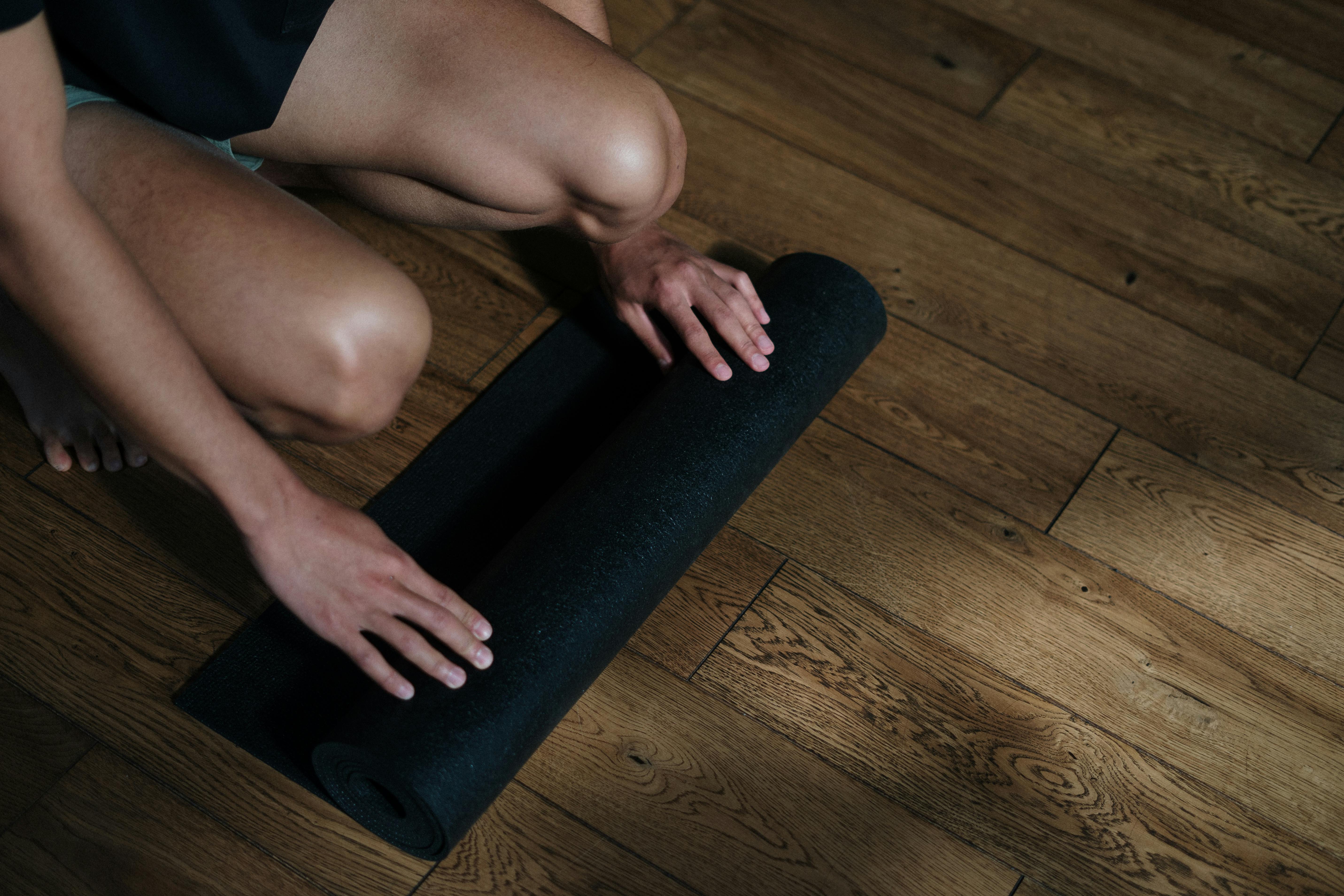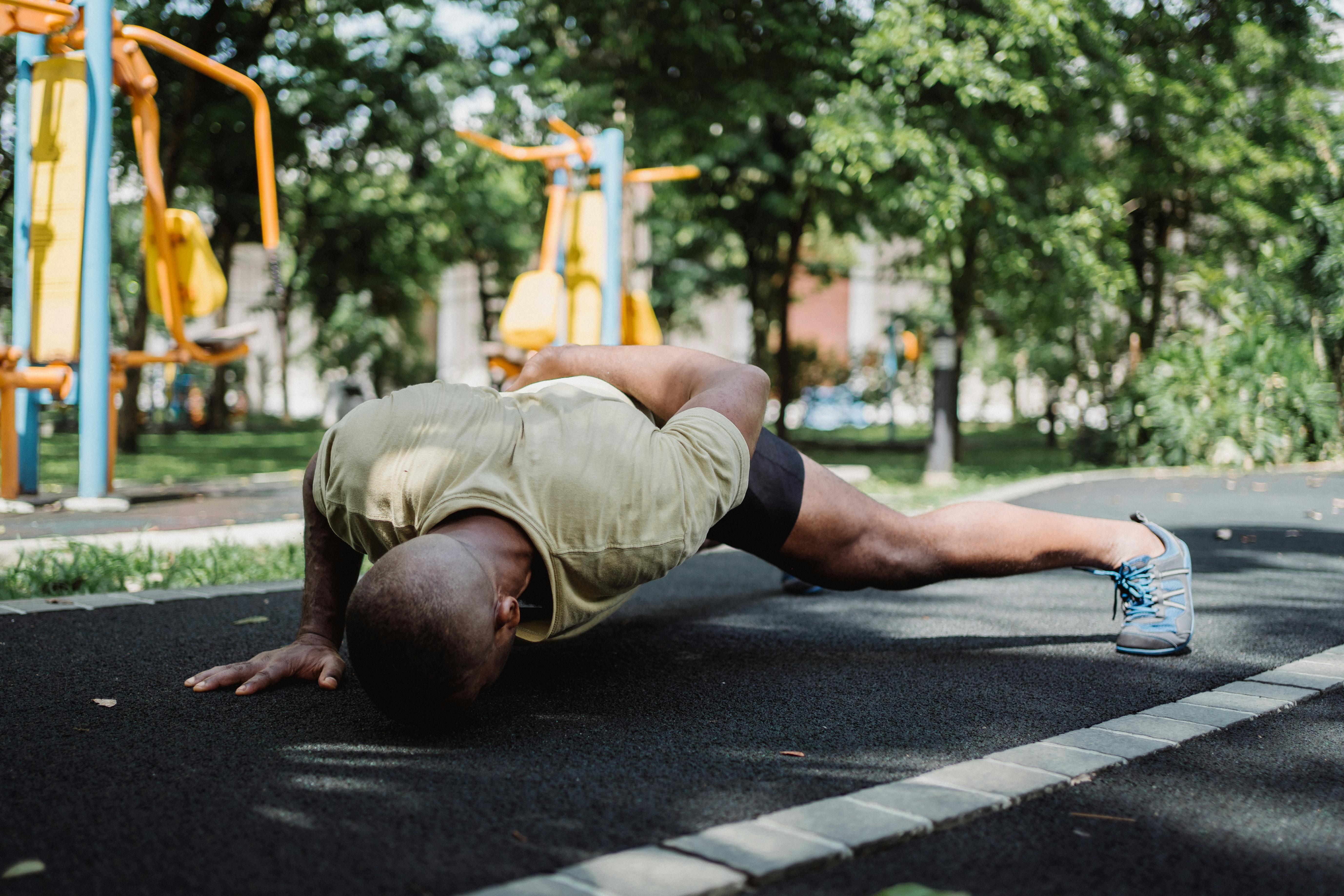Pre- and Post-Workout Nutrition Strategies for Kettlebell Training
The correct nutrition plan and the timing of your food or supplements before and after your workouts are some very important components to consider when training with kettlebells. This article will shed some light on these key factors and discuss some nutrition guidelines, so you can get started when you do your kettlebell training. In addition, it will allow you to recover effectively. One key point to consider is that you always plan for a great workout in the kitchen, even before you set foot in the gym.
If you don’t have the right nutritional strategy for your kettlebell regimen; then you are doing yourself an injustice when it comes to achieving your goals. If you’re exercising when you’re in a starved state, you won’t have enough energy to maximize your fitness gains. If you exercise for a long time without eating, you are limiting your body’s ability to burn calories and maintain the intensity of your kettlebell training. Plus, if you don’t fuel your muscles and replenish your energy stores after exercise, you won’t have essential recovery tools in your arsenal.
What should you eat before your session?
As mentioned above, the main goal of the pre-workout nutrition plan is to begin your kettlebell session in a fueled state and to ensure that all the food you have eaten has been properly digested and absorbed. The last thing you want to do is eat a meal that is very high in protein and slow-acting fats, because they take longer to digest and can make you feel sluggish and rob you of energy. When you eat, blood is redirected to the digestive system to help with the breakdown of food. This essentially removes blood from the skeletal muscles; therefore, it reduces oxygen supply and waste removal during exercise. Therefore, the kettlebell session will be a much more difficult job when you have eaten a meal that is rich in fat and protein. Most of the time, stomach ache joins this scenario when training.
To ensure you are energized when you perform your kettlebell session, eat a meal that is approximately 300-500 calories, high in carbohydrates and fast-acting protein, 2 hours before you begin your session. Try having a small bowl of porridge, whole grains, or even a small yam or sweet potato, as these are a good example of some fast-acting carbohydrates. If you have to eat 5 to 10 minutes before exercising, have half a banana or a small tablespoon of peanut butter along with a handful of almonds.
Staying hydrated is essential for kettlebell athletes because without proper hydration, your body will have a harder time getting nutrients to your muscles, along with oxygen and water to your cells. This will lower your energy levels and make the session much more difficult. Try to drink at least 2 liters of water per day, but don’t overdo it before your workout or you’ll feel bloated and sluggish. A good strategy is to drink your water intake gradually and continuously before starting your workout!
Regarding supplements, you can take a whey protein shake rich in branched chain amino acids 1 hour before training, as this will ensure the following:
They are a catalyst for muscle protein synthesis and then bind together muscle amino acids to create a stronger muscle infrastructure.
They increase insulin levels to facilitate an anabolic environment during protein synthesis. This mechanism allows for the proper balance of nutrition, hormones, and metabolic actions that are essential for building muscle and burning fat.
They improve human growth hormone levels and decrease stress hormone (cortisol) levels. Cortisol is a hormone that breaks down muscle tissue to be used as body fuel. This is very bad news for muscle building and weight loss.
A post-workout nutrition strategy
Taking supplements after exercise is very important to aid recovery along with growth and repair. Branched Chain Amino Acids (BCAAS) are again a great option to consume after exercise; the question is why?
Well, BCAAs are broken down quickly and used in working muscle effectively because they bypass the liver. It is this process within the body that stops post-exercise muscle soreness by blocking muscle damage and increasing muscle growth and repair. Additionally, it increases insulin levels after exercise and this induces an anabolic environment which is a major factor in muscle growth and repair.
They should be consumed within 45 minutes of finishing your session and this is a very important time frame as the enzymes and hormones actively repair and rebuild muscle tissue as well as replenish your glycogen stores. This makes your muscle tissues very susceptible to nutrients and muscle building hormones. You should use a simple carbohydrate like maltodexrin because it raises your insulin levels and this will drive amino acids into muscle tissue. This will also increase your glycogen stores and add a banana or orange to boost your lost electrolyte levels as this will promote your recovery.
The latest studies from 2014 state that BCAAs cannot be absorbed without the help of Whey Protein. Previously, we have been consuming BCAAs throughout the day to further enhance recovery. This could be doing more harm than good. Find a good Whey Protein with BCAAs.




Recent Comments